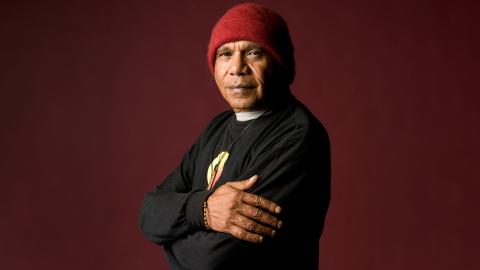Coinciding with our NFSA Christmas collection, we focus on one of the most enduring and loved carols of all time, 'Silent Night'. This article traces the origins of the song, examines its musical components and profiles two key renditions from our collection: a 2008 recording by Archie Roach and Paul Robeson's performance in front of schoolchildren in 1960.
WARNING: this article contains names, images or voices of deceased Aboriginal and Torres Strait Islander people.




